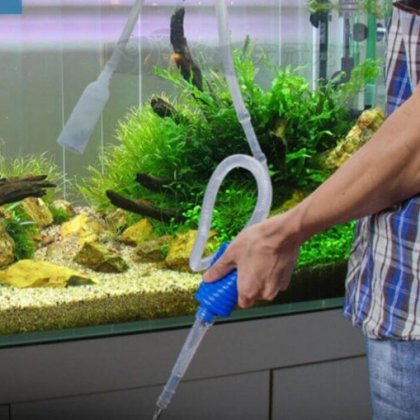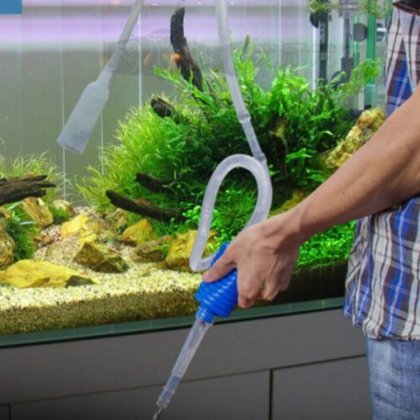Frontosa Cichlid Aquarium Care, Feeding and Native Habitat Information
Often regarded as a "showpiece" species the Frontosa Cichlid of Lake Tanganyika is a truly impressive specimen that has both great coloration and impressive body size & shape with elaborate fins. Frontosa Cichlids were originally introduced into the hobby because of their attractive appearance. However, they have become even more popular as hobbyists have learned that they have great personalities, with an almost "dog" like quality that has helped to endear them to hobbyists even more. While this species is originally from the deeper areas of Lake Tanganyika, specimens found within the aquarium hobby these days are mostly from captive breeding programs that have been successfully breeding the Frontosa Cichlid for some time. Successful captive breeding programs are important to this and many other species as pressure from aquarium hobbyist collectors and local fisherman catching them for the food supply puts far too great a strain on their native populations.
Frontosa Cichlids generally have a white or light blue body with either 6 or 7 black vertical bars along each side. As adults, they develop a large cephalic hump on the front of their head which is typically more pronounced on the male than the female. This hump is actually a large fat deposit that rests atop a dorsal muscle that tends to extend forward. The hump develops and increases in size with age and is usually a sign of sexual fecundity. Their fins also become more elaborate with age, which makes a mature Frontosa a very impressive sight as the combination of their large size, attractive coloration and elaborate fins make them a truly impressive sight to behold.
Frontosa Cichlids live relatively long (25 plus years) sedentary lifestyles in nature as they do not expend much energy while slowly swimming about or hunting. Frontosa utilize a unique trait that allows them to see well in darkness, which allows them to prey on smaller fish species while they sleep near the lake bottom. Frontosa simply swim along slowly and feast on the smaller fish as they sleep. Frontosa Cichlids are not overly aggressive within the aquarium environment, but can be a little territorial. They can be kept with most any species of African Cichlid that is not small enough to be considered as food. They will appreciate a sandy or partially sandy substrate along with some rocky formations in order to simulate their natural surroundings. While some rocks are much appreciated by the Frontosa Cichlid to give them a sense of security, too many rocky structures can be a problem as Frontosa are somewhat clumsy swimmers that need plenty of open space to move about. In nature Frontosa Cichlids live in large groups and prefer to live in groups in the aquarium as well. While one specimen can be kept singularly, it is more ideal to keep them in groups of 4 or more individuals. The best group makeup would be to have 3 females per male and between 4 to 8 specimens for the average larger aquarium.
In the aquarium environment, Frontosa Cichlids should be fed a variety of meaty foods including: small feeder fish (live or frozen), shrimp, krill, and worms. Larger meaty pellets are also a good choice, but flake foods should only be fed to juveniles, as adult specimens will likely ignore them.
Quick Facts :
Care Level:Moderate
Temperament:Semi-Aggressive
Maximum Size:14"
Minimum Tank Size:75 Gallons
Water Conditions:72-82° F, KH 10-20, pH 7.8-9.0
Diet:Carnivore
Origin:Lake Tanganyika
Family:Cichlidae
Species:African Cichlid
Aquarium Type:Cichlid-African
No reviews found!























No comments found for this product. Be the first to comment!